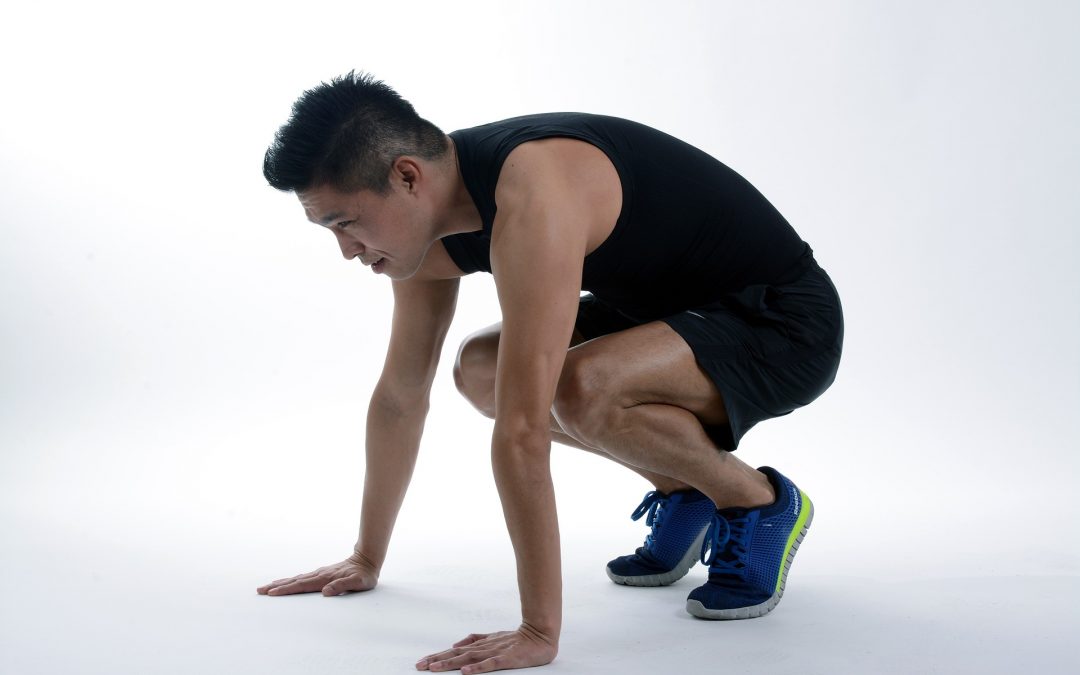Plyometrics (or ‘plyo’ for short) is a form of training involving the use of an eccentric (muscle-stretching), an amortization (short rest) and a concentric (muscle-contracting) sequence of exercises which is often referred to as “jump training”. Strength training usually brings the body’s cardiovascular endurance and muscle adaptations up and going, while plyometrics relies on short bursts or explosions, generating maximum force in a short amount of time.
Plyometrics completes some sports training routines because of its focus on the speed at which they can produce power from their bodies, or generating the most force within the least time. Olympic jumpers or sprinters execute these kinds of exercises when running or jumping and go through many kinds of plyometric training because plyometrics are usually done by people in peak physical conditions.
Although highly beneficial in endurance, speed and strength, it is extremely important to keep in mind that these exercises are geared towards those who are more highly trained or are in somewhat already good shape. These exercises can cause stress to the tendons, ligaments and joints in the lower-extremities like the knees and ankles. Because of this, you should gradually add them into your routine and not jump right into them, literally. It’s important to go at a gradual pace building up your endurance and strength rather than pushing your body more than it can take. Keep in mind that muscle power and muscle strength are two different things. Power is determined by how much time is needed by the muscular strength to be converted into speed. Power = mass x speed / distance.
Another thing to consider is your core strength as the core holds your entire balance. Doing these exercises requires a proper balance because they usually target and use the entire body to execute these moves. It is important to observe how well you’re able to execute the exercises because improperly doing them can result in injuries. Doing at least 7-10 minutes of warmups can help loosen up the muscles and warm up the body, and in turn cooldowns are required after each session.
Since these exercises require no equipment, they can be done most anywhere. Apart from allowing you to sprint faster and land higher jumps, plyometrics can also help with changing direction quickly and improve performance in most sports that use the lower-extremities. This results in excellence in agility, stability and balance which in turn allows your muscles to work efficiently.
Examples of plyometrics incorporated into regular moves:
1. Squat Jumps
These are typically your regular squats, but jumps are added in between squats. These increase the strength needed to squat down and stretch and contract the muscles while jumping up and back down
2. Burpees
Burpees are explosive because of the range of motions needed to complete them, by starting in high plank position, jumping the legs forward, jumping up and then repeating it all over again. These are challenging moves and can really put strains on many parts of the body, plus proper breathing is a must.
3. Push-Ups with Clap
Push-Ups are already a very challenging exercise that requires good muscle-mind coordination using the arms, but adding claps makes it an explosive move.
4. Box/Depth Jumps
This one is explosive because of the coordination used to jump up and jump back down. The height of the jump is usually 12 to 36 inches high and can even be done with one leg at a time to make it even more challenging.
5. Reverse Lung with Knee-Up
These are regular lunges that include a jump when bringing the opposite foot back to the chest. It is important to land softly and carefully so as not to injure your ankles or knees. These are usually done in quick intervals to increase the explosiveness.
Many plyometric exercises actually resemble the hopscotch and jump roping games we used to do as kids, and we’re unaware that some of the exercises we regularly do are already forms of plyometrics. Jump roping, jumping squats and single leg hopping to name a few. Muscle rehabilitation also makes use of plyometric exercises to condition the muscles to endure more strain. A muscle-stretch or eccentric contraction can be more forceful than a muscle contraction. This is necessary to be added to rehab to know how far the muscle has healed and how much more it can take. Muscles that do not undergo this training can result in an injury relapse.


